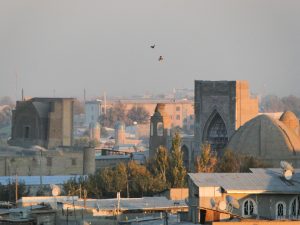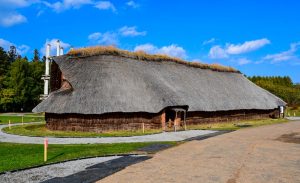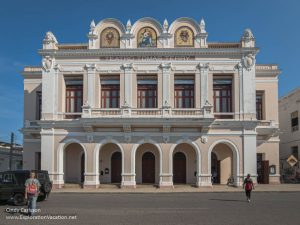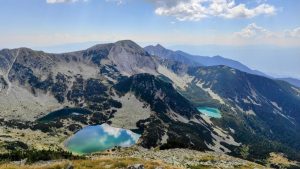Nemrut Dağ
A mountain on whose peak stands the tomb of King Antiochus I, an imposing artistic achievement of the Hellenistic period.

A mountain on whose peak stands the tomb of King Antiochus I, an imposing artistic achievement of the Hellenistic period.

An island whose inhabitants adapted their settlements to the natural conditions, and where different cultures coexisted peacefully.

A Silk Road city with historic architecture dating to the 10th and 11th centuries, important particularly for its urban planning.

A Silk Road city 4,000 years old, with remains of five walled cities from different eras.

One of the Five Great Mountains and an important place of worship, known for its Taoist temples.

An architectural collection in the hometown of Confucius, who was hugely influential in the history of China and many other countries.

A historic city and charming old city with architecture and urban planning that show an array of cultural influences spanning centuries.

The extensive ruins – palaces, churches, mosques, fortifications, and homes – of an important trading city on the medieval Silk Road, where diverse cultures and architectural traditions met and blended.

A 19th-century company town built to provide a good standard of living for employees of a cotton mill.

Seven religious monuments that represent the unique Nepalese culture, mixing Hinduism and Buddhism with animism and Tantrism.

A long limestone cliff containing an exceptional fossil record of life on Earth both before and after the asteroid impact that wiped out the dinosaurs.

A 16th-18th-century colonial capital where European, African and Indigenous cultural influences have blended and echo to the present day.

Seventy-eight locations along four medieval pilgrimage routes leading to the Santiago de Compostela in Spain.

Primeval forests of European beech trees that survived the last Ice Age and then spread across Europe, now protected in 93 locations across 18 countries.

The ancient center of Tunis, with about 700 monuments dating to the 12th-16th century: mosques, gates, markets, palaces, noble houses, and more.

The 12-century capital of Sri Lanka built by the Chola rulers and containing the ruins of spectacular Buddhist monuments.

A mountainous region of Mallorca with ancient systems of water harvesting, terraces and villages that have supported agriculture for centuries.

A hilly region with 16 villages and what remains of a huge Roman-era gold mining operation.

A peninsula in the Atlantic that is a breeding ground for many marine mammals and birds, including some endangered and endemic species.

A beautiful mountainous landscape in the Andes, with a wide diversity of geological features and species.

A group of Medieval buildings in Spain that exemplify a fusion of Islamic and Christian architectural and artistic traditions.

a.k.a. Nyerere National Park, an enormous wildlife reserve, home to a huge diversity of species, some of them endangered.

A chain of survey points from Norway to Ukraine set up in the 19th century to study the curvature of the Earth.

A 19th-century charitable institution in Neoclassical style, with magnificent 20th-century murals by José Clemente Orozco.

A river delta that flows into a desert, creating unique and diverse ecosystems and supporting a wide range of species.

A cantilever bridge dating to 1890 that is celebrated for its innovative design.

17 archeological sites from a 10,0000-year-old hunter-fisher-gatherer society.

A 19th-century French settlement in Cuba with a range of interesting architecture, from neoclassical to deco and modern.

A mountain range supporting incredible biodiversity and a range of ecosystems, great for hiking and other outdoor activities.

A former slave-trading center near Dakar, now a place of remembrance.

Two 11th-century churches exemplifying Ottonian Romanesque architecture and art.

Several very early Christian churches that were influential in the development of early Armenian church architecture.

A mountainous reserve known for the beauty of its landscapes and rich biodiversity.

A remarkable astronomical observatory with 19 large masonry instruments dating to the 18th century.

A wetlands nature reserve that is an important stopover for migratory birds, excellent for birdwatching.

A well-preserved medieval city with complete fortifications, built largely by Crusaders, with elements of Gothic, Byzantine and Ottoman architecture as well.